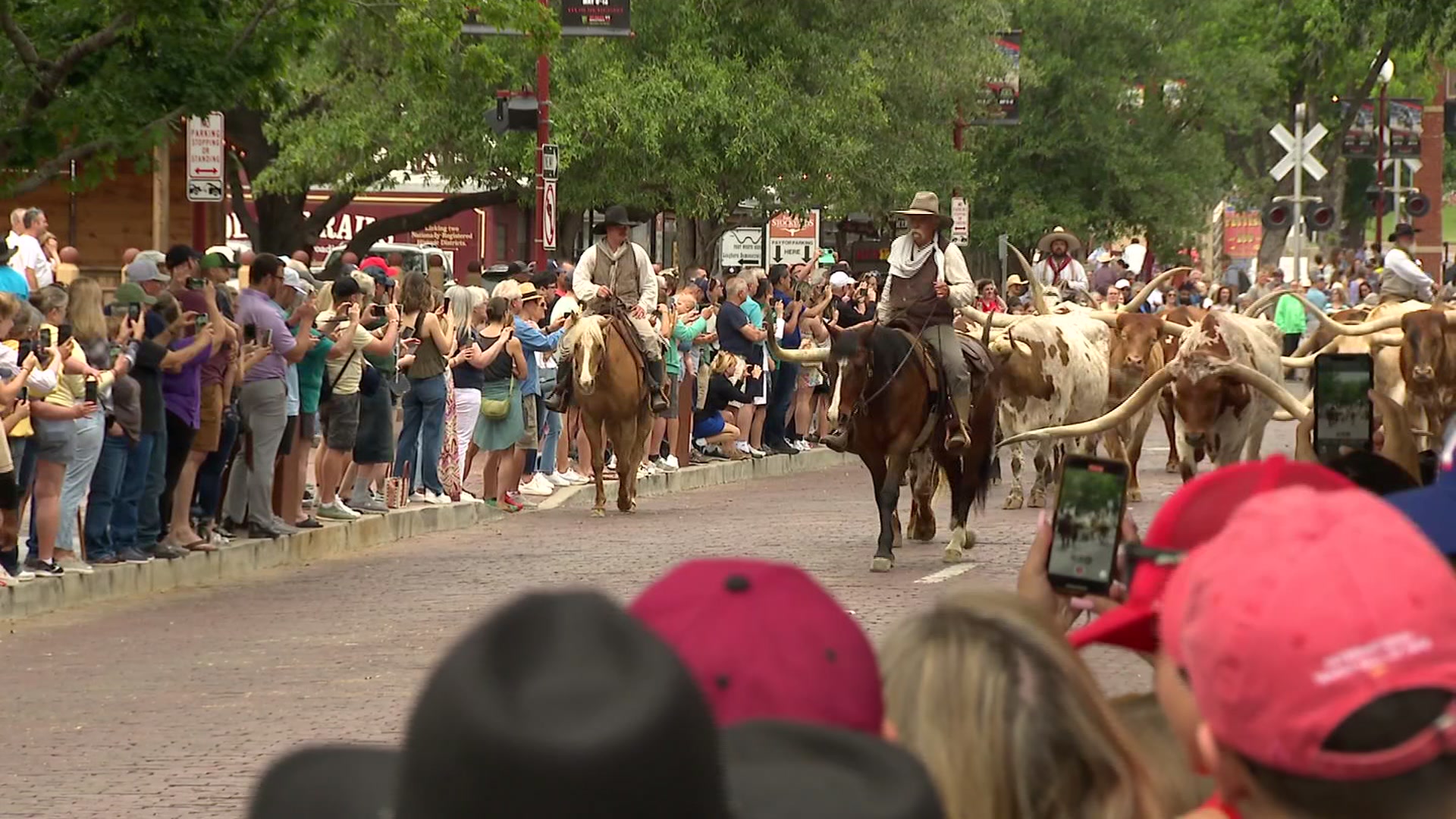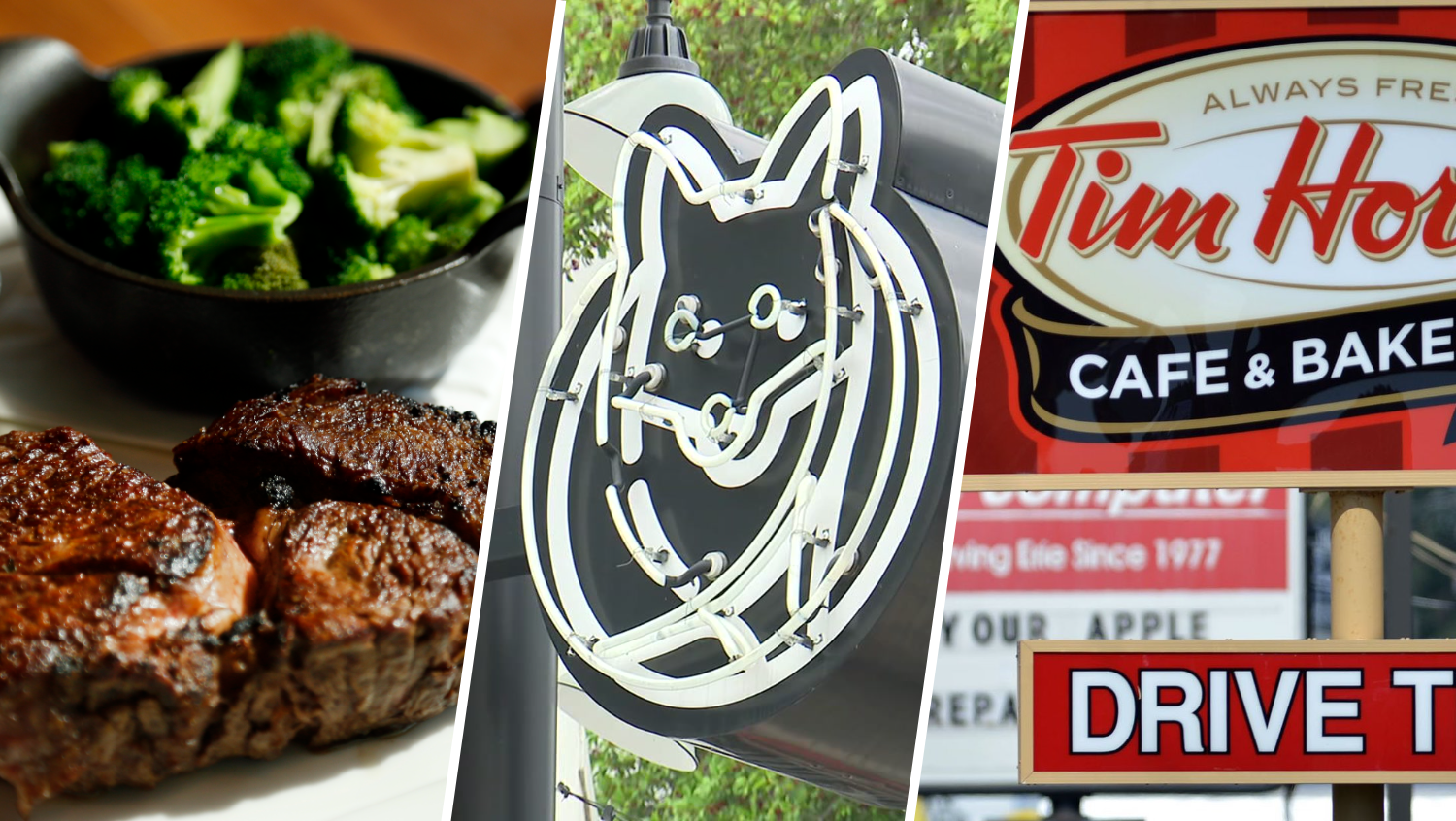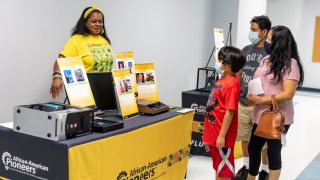
What do a three-light traffic light, an ironing board and a pencil sharpener have in common? They were all invented by African Americans. Presented by Fluor, “African- American Pioneers in Science, Technology, Engineering, Architecture and Math (AAP-STEAM)” celebrates the creative contributions of African Americans. The exhibition is on view at the African American Museum in Dallas’ Fair Park through March 19.

The traveling exhibition features 160 replicas and examples of items invented or improved by African Americans. Barbara Jones, the senior manager of Community and Public Affairs for Fluor and curator of this exhibition, discusses the inventions, the importance of this lesser-known history and how to inspire the next generation of inventors.
Get DFW local news, weather forecasts and entertainment stories to your inbox. Sign up for NBC DFW newsletters.
NBC DFW: Why do we need exhibitions like “African-American Pioneers in Science, Technology, Engineering, Architecture and Math (AAP-STEAM)?”
Barbara Jones: Exhibitions like the “African-American Pioneers in Science, Technology, Engineering, Architecture and Math (AAP-STEAM)” are needed to excite and encourage our next generation of innovators, collaborators, and critical thinkers. This is crucial in fueling the needs of the global economy and assuring that many voices are heard, and talents are engaged. Over the next decade, more than 1 million math and science-oriented jobs will be created, offering more than double the earning potential of other occupations. Exhibitions like the traveling AAP-STEAM infuse our next generation with voices that reflect the needs and ideas of all.
NBC DFW: How is the exhibition organized? Why?
The Scene
BJ: The AAP-STEAM traveling museum highlights African American inventors and shows how they have impacted our global society. The museum is part of Fluor’s focus on math and science education. Many of the innovations reflect Fluor’s mission to help design and build a better world.
The exhibit portrays science, technology, engineering, architecture, and math and then provides discipline examples for potential career impact like medicine, construction industry, and others. This provides the ability to experience the breadth and depth of African American contributions to a wide variety of high technology fields and to easily focus on those disciplines that most intrigue them.
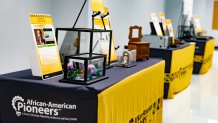
NBC DFW: What do these inventions say about opportunities for African Americans and the role of African Americans in society throughout history?
BJ: The inventions highlighted in the AAP-STEAM exhibit underscore the vital role that African Americans have always played in the advancement of our country and society as a whole. Despite tremendous challenges, these engineers and innovators persevered. We need to uncover and celebrate these lesser-known history lessons so that everyone can appreciate the valuable and widespread impact that African Americans have made on our society.
Working for Fluor, a U.S.-based international engineering, procurement and construction firm, I created the museum to tell African American children about the many people that look like them, and their positive contributions to society. I want them to be proud and excited about their culture. The museum is also designed for all children to show African Americans’ positive contribution to the global society. The inventions reinforce the message that ability to become innovators and critical thinkers resides within each and every one of us. This museum gives children the motivation and encouragement to say “I can too! I can be an innovator. I can be an inventor.”
NBC DFW: What was a remarkable improvement an African American made to a specific item? Why was it important?
BJ: One of my favorite inventors is Dr. Marian Croak, a National Inventors Hall of Fame inductee, who developed the Voice Over Internet Protocol (VoIP) and Text-to-Give technology. It is Dr. Croak’s leadership that gives us the ability to donate with a simple text following a natural disaster or vote for a favorite contestant in real-time on one of America’s favorite entertainment television shows. Dr. Croak has more than 200 patents and she’s still going strong. Currently, she works for a top technology company, where she is leading the Research Center for Artificial Intelligence and Human-Centered Technology. I am excited to see what else she has in store for us.
NBC DFW: While working on this exhibition, was there an invention that surprised you?
Yes, many. During decades of research, about 90 percent of the inventors were not in my formal education growing up. I continue to explore and research. Every day I learn something new and am constantly amazed by the many impactful inventions created by African Americans. At times, I wake my husband in the middle of the night just to tell him about what I’ve uncovered.
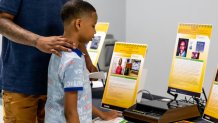
NBC DFW: What can people, especially kids, learn about creativity and STEAM careers through this exhibition?
BJ: The most important takeaway for anyone who visits the AAP-STEAM exhibit is, “I can do it too!” I love working for a company like Fluor that values the contributions of everyone, regardless of ethnicity, gender or background. For example, Fluor has employees, offices and projects on six of seven continents. Just as Fluor empowered me to create the AAP-STEAM museum, I in turn want children to see engineers and inventors that look like them. I want them to see the world through the eyes of a problem solver and know that they have the ability within themselves to create a better world.
There are so many fun examples of this throughout the exhibit. For instance, Gerald Lawson’s invention of the first game console to use interchangeable games. For all of the children that love gaming, why not consider a career as part of this multi-billion-dollar industry? Visitors can learn about medical innovations from Dr. Charles Drew, Otis Boykin, Dr. Jane Cooke Wright, Dr. Patricia Bath and others. So many industries and inventions are represented. It shows that contributions of African Americans have touched every part of our everyday lives.
Learn more: https://aamdallas.org/

